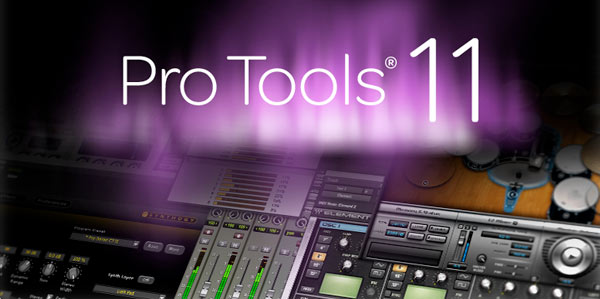Audio Upgrades: There’s Always Something New…And Better?
Audiophiles are tweak-a-holics. Sometimes I think that we enjoy the process of changing out cables and testing some new highly reviewed component more than the music that our systems produce. I’m a lifetime member of the LA and OC Audio Society, the largest in the nation, and know that the members thoroughly enjoy discussing their passions. Some are strong advocates for vinyl LPs and others are strictly tube guys. There are even a few that subscribe to high-resolution audio…and a radical fringe that like my HRA recordings in 5.1 surround…amazing!
But at the other end of the production workflow, upgrades are also a major part of our existence…and they don’t come cheap!
The ubiquitous digital audio tool that every studio has to have is called Pro Tools. It is a combination hardware and software system owned by a large company called Avid. It started life as a humble sample editor back in 1989 as Sound Tools (I owned one of the first systems) programmed by Evan Brooks and Peter Gotcher, the founders of DigiDesign. It grew up to be Pro Tools, dominated the multichannel digital audio production market and was ultimately purchased by Avid (a large company that built the first digital non-linear editing systems).
Pro Tools has never been great. It never sounded great, the code was a continual evolution of patched together fixes and modifications and the required hardware only just better then functional. That’s why I’ve never used it to record my own records. I opted for the Euphonix R-1 and later Nuendo, a PC based DAW that is hardware independent.
But I also spent over $20,000 on a couple of Pro Tools systems for my studio so that I could market the room as a THX certified dub mix room. We mix quite a few independent and low budget films at AIX Studios (you can see pictures at our website www.aixstudios.com). I’ve owned PT 8 and then 9 and then 10…and soon Pro Tools 11. Thankfully, it won’t break my bank account because I’m only getting a PT “native” system rather than the “HDX” hardware AND because I’m a faculty member at a university (they offer a half price discount to students and faculty).
The studio next door just spent over $15K making the move from PT 10 to 11. It took them several days to get the whole upgrade sorted out and working properly. And just like anyone else that is making the move to PT 11, they’re either giving away the old hardware or selling it at fire sale prices. What originally cost thousands of dollars lost all of its value over night. But what can you do? As a production studio, we have to upgrade or clients will take their work to another studio.
Does the new PT 11 mean that more studios will be recording projects in high-resolution? No. I asked that question at a meeting some months ago at a NARAS (the organization that puts on the Grammys) presentation introducing PT 11. It’s likely that producers and engineers will move to 96 kHz/24-bits but no higher.
So I’m making the move to Pro Tools 11. Will I relinquish my Euphonix System 5 (original cost $250,000) digital console in favor of the recently introduced System 6 (now owned by Avid)? No way…we’ll mix with a mouse if we have to.


I feel the same way you do, but I extend my frustration to most, if not all the software I have. Yes, PT has improved a lot from PT6 to PT8. But my studio still works with PC-based G5 Macs and PT6!!!!! Yes, we dump our music from our 1″ Ampex and our SS Board into PT. And make it sound real good.
Anyway. I wonder why are we all mostly interested in the latest tools and tweaks.
Yesterday, I was immersed in a out-of-this-world session listening to Quadrophenia on my old JBL LSR’s fed from an Oppo. I was in this trip FOR the music and just for the music. When I was drained of emotions, I stopped and went back again to the 1996 remix CD. This time, not for the music but for the production.
The job of this whole project -be it the original 1973 or the 1996 remix, is outstanding. We do manage 98 channels of 24/96 or 192 but we can’t argue that many, many recordings today are not crafted by artists, but by technicians and there we lose.
That’s the reason why I believe it’s much more satisfying being music lover than audiophile.